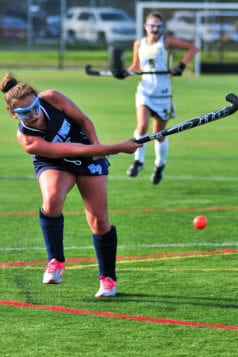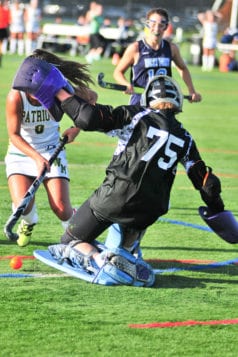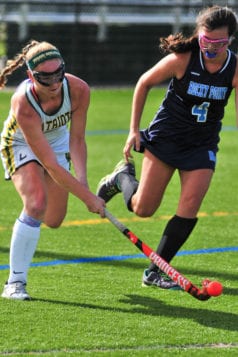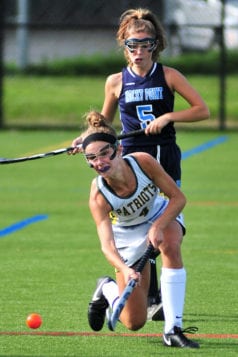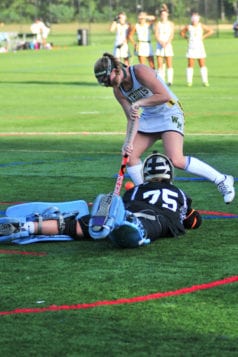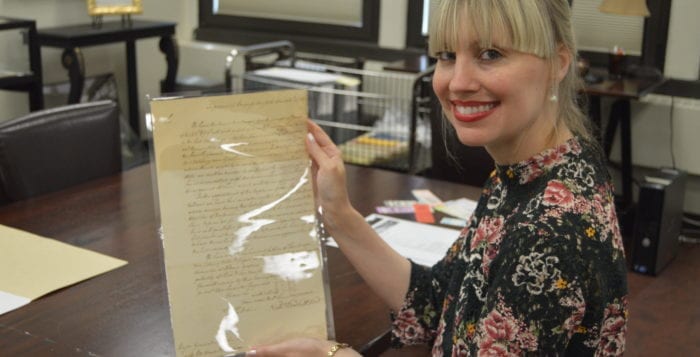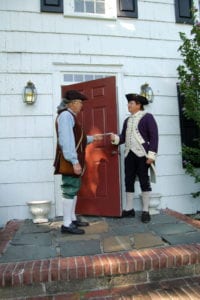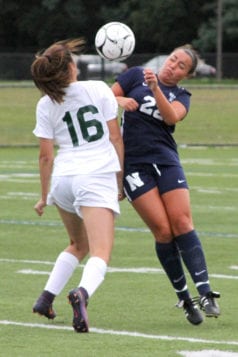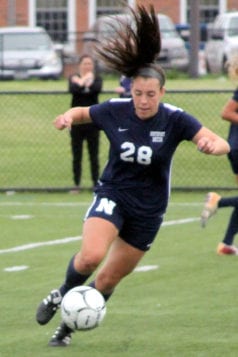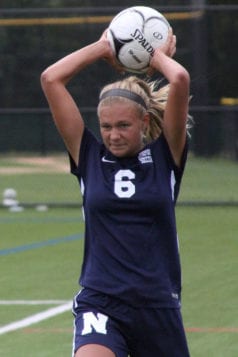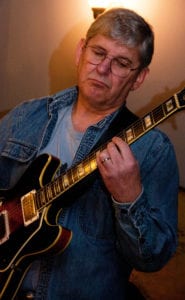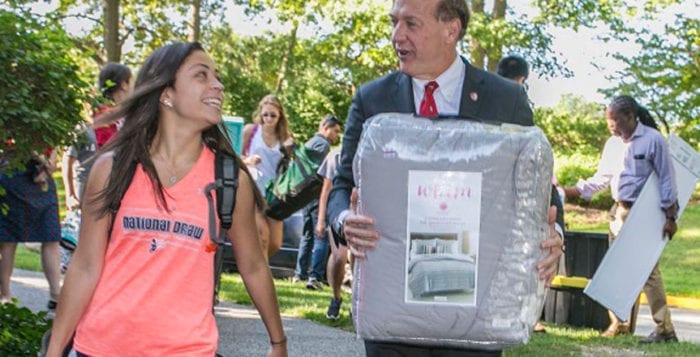Music tradition continues at Benner’s Farm
By Rita J. Egan
The air will be filled with the sounds of bluegrass, blues and folk music in Setauket on Sept. 10 when Benner’s Farm hosts its sixth annual Fiddle & Folk Festival.
The farm’s owner Bob Benner said last year nearly 300 music lovers attended the festival where they explored the organic, solar-powered working farm and visited the animals while listening to music. “It’s an old-fashioned festival,” Benner said. “It’s pretty much held all over the farm.”

Charlie Backfish, host of the long-running, weekly WUSB radio program “Sunday Street,” said the festival’s location sets it apart from others. “There aren’t too many [festivals] that actually take place on a working farm,” Backfish said. “The locale is terrific, and the performers we have are top-notch performers; so it’s a nice combination.”
Emceed by Long Island guitarist and singer Bob Westcott, the festival will feature headliners Daisycutter, The End of America and He-Bird, She-Bird.
Backfish said he’s familiar with the groups and looks forward to their performances. He said the group Daisycutter, from upstate New York, features fiddler Sara Milonovich. The End of America comes from Philadelphia and consists of three singers with incredible harmonies, and they’ve been compared to the early days of Crosby, Stills and Nash, according to the radio disc jockey. He-Bird, She-Bird, a trio from Long Island who sing both originals and covers, Backfish said, perform a roots music type of sound.
“I think we have three interesting acts there,” Backfish said. “They’ll all be on the main stage, and then there’s a second stage at the festival — a meet-the-performers stage. That’s the one that I’ll be hosting, where the audience has a chance to ask questions of the musicians and hear them do some songs that they’re not doing on the main stage.”
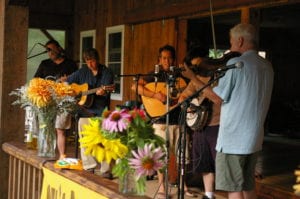
Benner said the stage to meet the performers is the solar-powered Shady Grove Stage close to the woods. There will also be a Fiddle Workshop in Jam Hollow where attendees can bring their own instruments to join in on the musical fun.
Amy Tuttle, program director of Greater Port Jefferson-North Brookhaven Arts Council, said the Stony Brook Roots Ensemble will be on hand for a special performance. The local music group is comprised of classically trained musicians who share a love of American roots music.
“They are terrific,” Tuttle said. “I’ve found that many outstanding young bluegrass musicians across the country are classically trained, and I’m delighted that we have such a talented homegrown group to present at the Fiddle & Folk Festival.”
For those who aren’t musically inclined, they can participate in contra dancing with a live band led by Rusty Ford, and children can enjoy stories and create artwork in the Kids Corner.

Backfish said for WUSB there is a personal connection to the festival. The station’s radio programmer Gerry Reimer, who died in 2012, was in talks with Benner to bring back the Fiddle & Folk Festival, which was formerly held on the property of The Long Island Museum. “I think she would very much like what has happened and how this festival continues,” Backfish said
Tuttle said the members of the Greater Port Jefferson-Northern Brookhaven Arts Council enjoy a variety of musical genres and have enjoyed the performers at past festivals at Benner’s. “They are also very supportive of independent artists,” she said. “The same audience that loves the artistry, lovely surroundings and feeling of community at the Sunset Concerts in Port Jeff also enjoys those same aspects at the Fiddle & Folk Festival.”
Benner said he is looking forward to the event and music lovers coming together as they have the last few years on the farm. “It’s a day to come out and leave the world’s problems behind for a few hours and enjoy some music and community,” he said.
Presented by Homestead Arts, Benner’s Farm, the Greater Port Jefferson-Northern Brookhaven Arts Council, TBR News Media and WUSB Radio, the music festival will be held from 11 a.m. to 7 p.m., rain or shine. Benner’s Farm is located at 56 Gnarled Hollow Road in East Setauket. Admission to the festival is $18 for adults, and $13 for children and seniors at the door. Please bring seating. For more information, call 631-689-8172 or visit www.fiddleandfolk.com.













